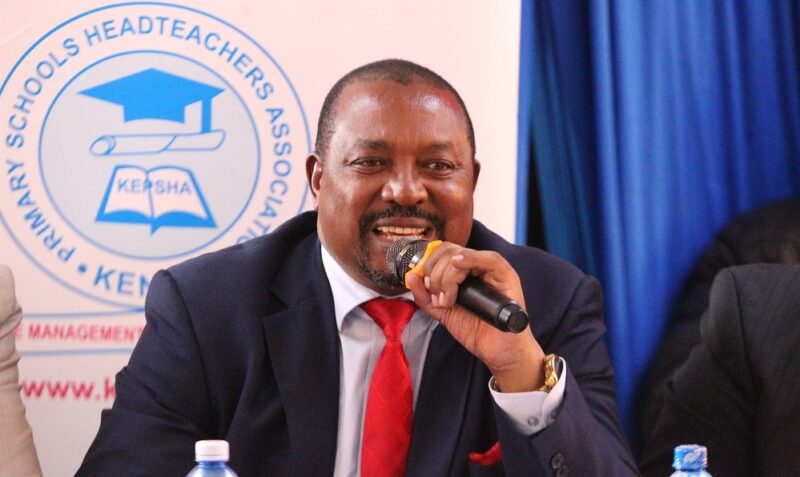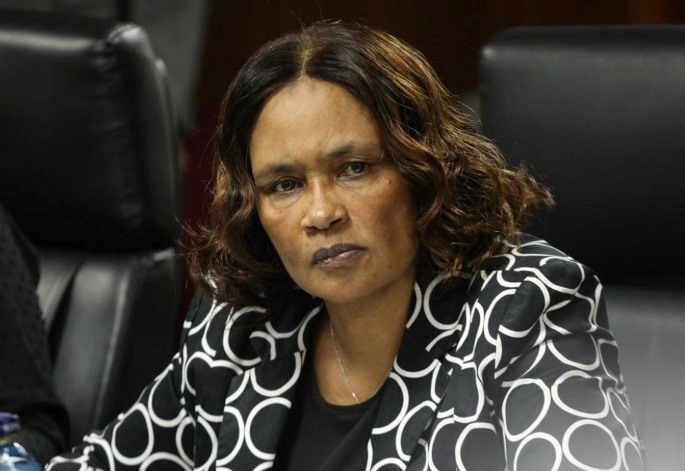KEPSHA and KNUT have strongly opposed TSC’s proposed new administrative structure that places junior school teachers at par with primary head teachers. Education stakeholders warn the plan could destabilize schools already facing leadership tension.
A fierce dispute has erupted between the Kenya Primary School Heads Association (KEPSHA) and the Teachers Service Commission (TSC) over a proposed overhaul of the administrative structure in public comprehensive schools. KEPSHA, supported by the Kenya National Union of Teachers (Knut), has rejected plans to place junior school (JS) teachers—most of them fresh college graduates—at par with or above seasoned primary school head teachers.
TSC Director of Staffing Antonina Lentoijoni recently revealed that the commission is developing a new school management framework that would introduce a principal at the top, and two deputies: one responsible for primary school and another for junior school. The model is intended to streamline leadership under the comprehensive school system introduced with the Competency-Based Curriculum (CBC).
But KEPSHA national chairperson Fuad Ali dismissed the plan as impractical, arguing that inexperienced junior school teachers cannot supervise or outrank primary school heads who have decades of leadership, classroom practice, and administrative responsibilities.
“We do not want politics in our schools. You either respect the administration of the day in comprehensive schools or go and teach in senior school,” Mr Ali warned during a media briefing. According to him, junior school teachers unwilling to follow established leadership should consider moving with Grade 9 learners to senior school next year.
The tension between junior school and primary school staff has lingered for nearly three years, fueled by confusion over roles, mismatched expectations, and unclear TSC guidelines. Although Lentoijoni acknowledged that guidelines are still being refined, KEPSHA insists the structure must be anchored in the law and must protect leadership hierarchy.
Knut Secretary-General Collins Oyuu also criticized the TSC proposal, arguing that promotions must reflect years of service, professionalism, and leadership experience—not recent academic qualifications alone. “No one can be considered for promotion without looking at their experience. You cannot come from college yesterday and purport to be a deputy head of an institution,” Oyuu said.
He reminded stakeholders that historically, secondary and junior secondary institutions were led by one principal overseeing all levels, yet leadership remained orderly and experience was considered paramount.
Oyuu urged TSC to remain vigilant and ensure that only teachers with sufficient years of service and proven competence are elevated into school leadership.
TSC Acting CEO Evaleen Mitei, while addressing KEPSHA delegates, acknowledged the light-weighted yet complex leadership challenges facing head teachers under the merged school structure. She noted that school leaders are navigating long working hours, conflicting stakeholder expectations, and generational diversity introduced by the integration of Baby Boomers, Millennials, and Generation Z teachers in the same institutions.
Mitei defended the commission’s reform agenda but emphasized that head teachers must adopt “adaptive leadership”—a flexible, collaborative style that prioritizes consultation and collective ownership. “When people feel consulted, they own the process and defend the outcomes,” she said.
Even as the debate intensifies, the TSC is reviewing staffing and administrative norms in line with recommendations from the Presidential Working Party on Education Reforms. The outcome will determine whether the proposed principal–deputy model is adopted, modified, or discarded entirely.
For now, KEPSHA insists that leadership experience must remain the backbone of school governance. Without clarity, Kenya’s already strained junior school environment risks deeper conflict, widening the rift between primary teachers and their junior school counterparts.



